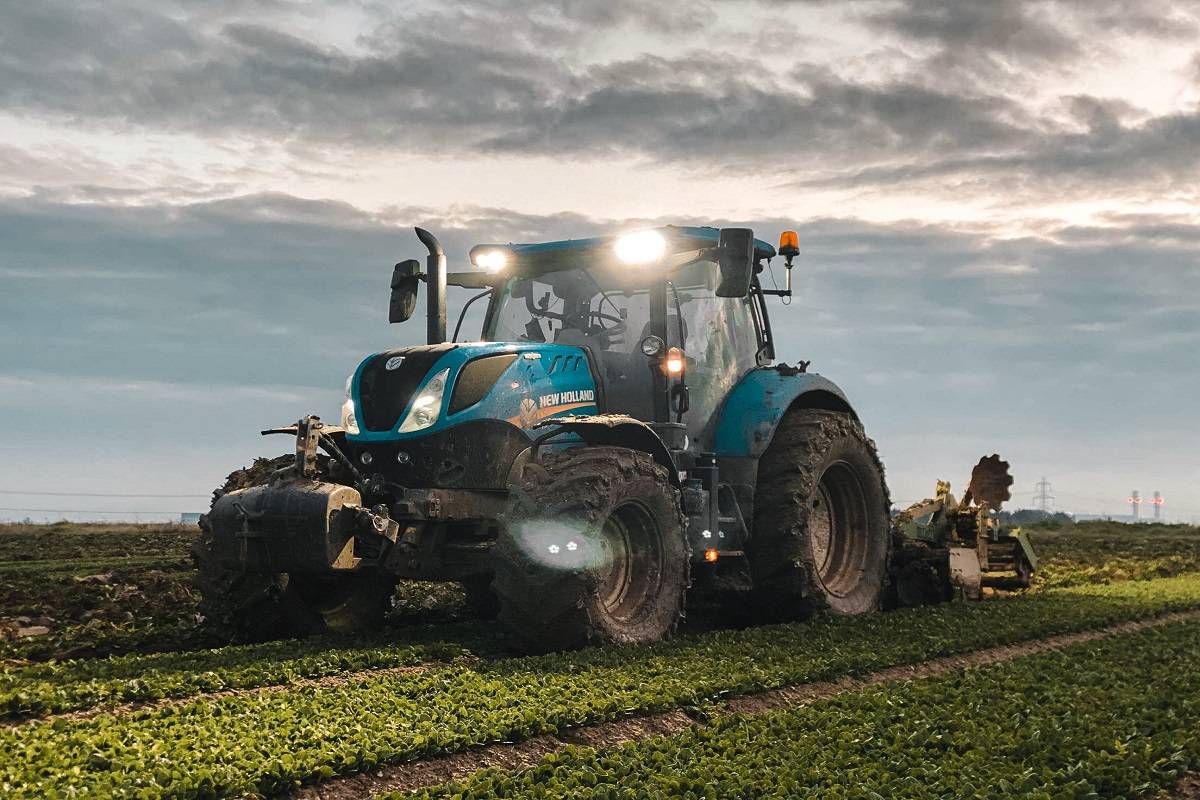
India stands as one of the world's leading agricultural economies, yet its potential for mechanization remains largely untapped. Factors such as the high costs associated with expensive machinery and limited accessibility hinder the widespread adoption of advanced technology in this sector. However, to ensure long-term and efficient development in agriculture and the rural economy, it is crucial to prioritize the mechanization of farmlands. By addressing the challenges and embracing mechanization, India can unlock its full potential, leading to enhanced productivity and sustainable growth in the agricultural sector.
India's agricultural sector has witnessed significant growth owing to a combination of favourable factors within the rural economy. Progressive agricultural laws have played a crucial role in stimulating this growth and have specifically contributed to the expansion of the domestic tractor industry. As a result, farm mechanization in India has made remarkable strides in recent years, positioning the country as the largest tractor market globally. This remarkable progress in mechanization has had a profound and positive impact on various aspects of farming, including increased output value, income, and improved returns across all crop types.
Although the agricultural sector in India is relatively well-organized, a substantial scope remains there for improvement. As tractors have played a significant role in mechanization, the focus has primarily been on land preparation. However, many other farming operations still rely heavily on rudimentary tools or manual labour. Furthermore, the level of mechanization varies considerably across different regions, with northern states of India exhibiting higher mechanization rates. This disparity can be attributed to the region's highly productive terrain and the decreasing availability of a skilled workforce. Efforts to enhance mechanization in these areas and expand its application to various farming operations are crucial to driving overall agricultural efficiency and productivity.
The farm machinery industry faces challenges in both demand and supply. The farm machinery industry is currently in a state of imbalance due to a shortage of skilled workers. It is noteworthy that village craftsmen, positioned at the base of the industry's pyramid, form the largest segment and play a crucial role in supplying, repairing, and maintaining farm machinery for Indian farmers.
Farmers face challenges in terms of inadequate information and awareness regarding technology and machinery management. This lack of knowledge often leads to poor machinery selection, resulting in wasteful expenditure.
The supply side of the farm machinery industry grapples with a shortage of labour, particularly affecting micro, small, and medium-sized companies (MSMEs). Inadequate access to skilled workers and the absence of suitable equipment often led to the utilization of semi-skilled labourers in the manufacturing of agricultural implements and machinery. Additionally, there is a scarcity of certified supervisors to ensure quality control in the case of small-scale fabricators. Furthermore, finding skilled personnel to effectively test the machinery poses a significant challenge.

While India holds a commendable 10% share in the global tractor market, its presence in the broader farm machinery industry, excluding tractors, stands merely at a mere 1%.
Experts recognize the immense potential in the farm machinery business, particularly with the rising importance of precision farming techniques. This entails the utilization of various tools and machinery beyond tractors. Equipment such as laser levellers, rotavators, reapers, paddy transplanters, and harvesters is increasingly sought after by farmers. However, the adoption and penetration of these advanced machinery solutions in the Indian market still remain relatively low.
Analysts observe that India's agricultural industry is predominantly driven by tractors rather than widespread mechanization. Globally, the tractor sector constitutes approximately 38% of the overall industry, encompassing both tractors and farm machinery. However, in India, tractors hold a significant share, accounting for around 80% of the total agricultural machinery industry.
Mechanized farming reduces costs, labour, and ensures timely operations, enhancing efficiency and profitability in agriculture. Key areas for attention include mechanizing labour-intensive tasks, managing crop residue, and adopting water conservation technologies. However, challenges arise from smaller landholdings and scattered farms, limiting large-scale mechanization and affordability.
With low levels of mechanization, due to the affordability and accessibility of expensive machinery, farm machinery manufacturers believe that a Production Linked Incentive scheme is needed to incentivize the farm machinery industry to deliver "best-in-class" products for domestic and export markets.
















